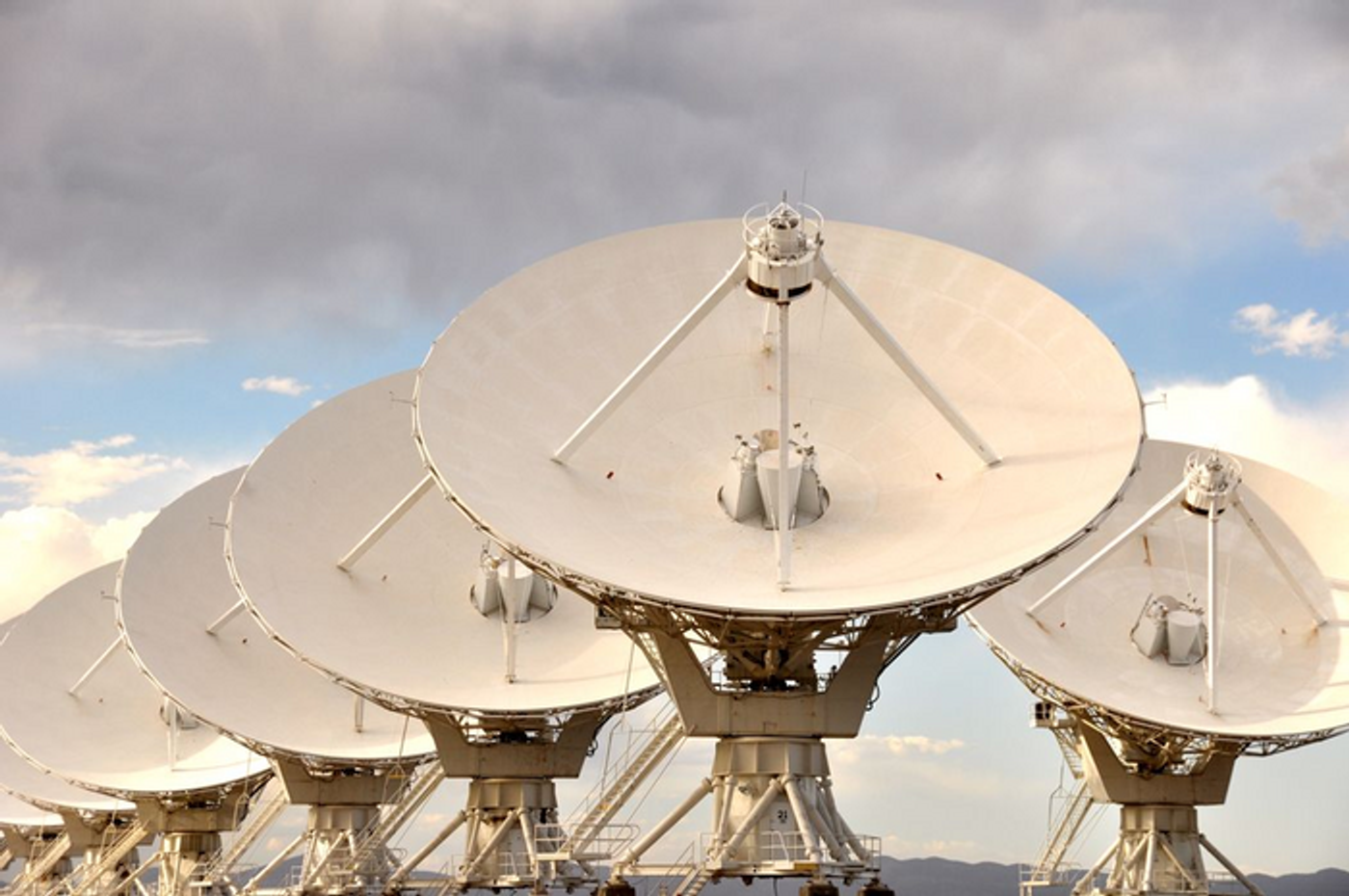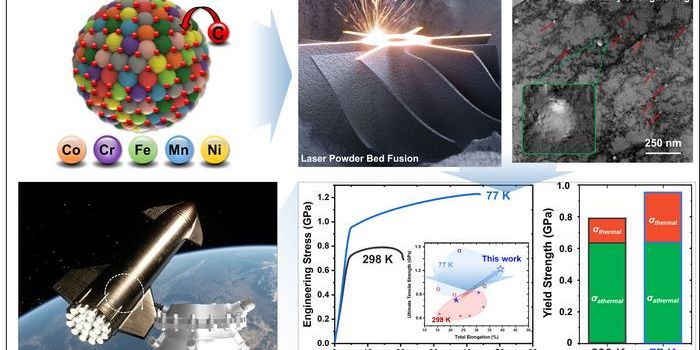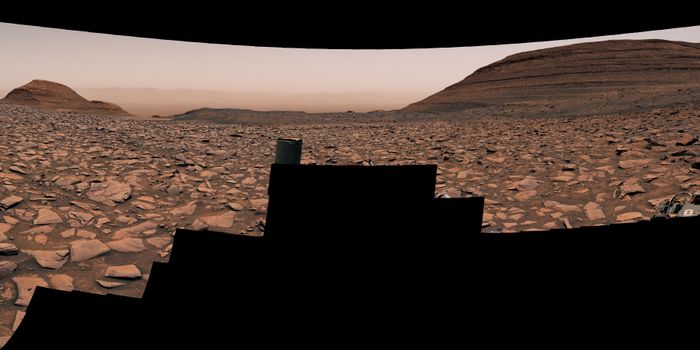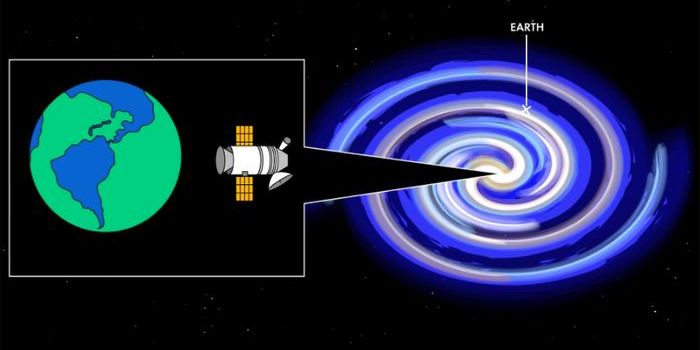Extraterrestrial Signal Search Intensifies with Scientific Team-Up
In the ongoing effort of identifying a signal from an extraterrestrial technological civilization, also known as technosignatures, scientists from the National Radio Astronomy Observatory (NRAO) , the Breakthrough Listen Initiative, and the SETI Institute are teaming up with the National Science Foundation’s Karl G. Jansky Very Large Array (VLA) to further analyze emissions from outer space in hopes of identifying if they’re from alien transmitters.
Karl G. Jansky Very Large Array near Socorro, New Mexico. (Credit: VLA/NRAO)
“The VLA is the go-to instrument for radio astronomers, but this is the first time we are using it in a wide-ranging and continuous search for technosignatures,” said Dr. Andrew Siemion, who is the Bernard M. Oliver Chair for SETI at the SETI Institute.
A centerpiece in the film, Contact, the VLA is one of the most well-known and fruitful cache of radio telescopes in the world, currently consisting of 27 radio antennas spread across 23 miles of desert approximately 50 miles west of Socorro, New Mexico. While it has been engaged in the VLASS (Very Large Array Sky Survey) project since 2017, an additional project is being undertaken to further analyze the incoming data. This project is dubbed “COSMIC”, which stands for the Commensal Open-Source Multimode Interferometer Cluster and is being led by the SETI Institute while working with the Breakthrough Listen Initiative and the National Radio Astronomy Observatory.
"COSMIC operates commensally, which means it works in the background using a copy of the data astronomers are taking for other scientific purposes,” said Dr. Paul Demorest, who is the Scientist and Group Lead for VLA/VLBA Science Support at the NRAO. “This is an ideal and very efficient way to get large amounts of telescope time to search for rare signals.”
Using COSMIC in combination with the VLA’s already-sensitive radio telescopes, scientists believe this new method will be the most comprehensive SETI search ever. Technological advancements throughout history, in this case increased range and sensitivity of radio telescopes, have garnered more promising results than before, and that is the goal of COSMIC in terms of finding life beyond Earth.
“The National Radio Astronomy Observatory is proud to partner with the SETI Institute in this exciting initiative,” said Dr. Tony Beasley, Director of the NRAO. “Partnerships bringing together world-class research instruments, private research institutes, and members of the public personally committed to forefront science, can enable new important discoveries.”
Will radio astronomers finally detect a signal of extraterrestrial origin beyond Earth? Only time will tell, and this is why we science!
Sources: The SETI Institute
As always, keep doing science & keep looking up!









